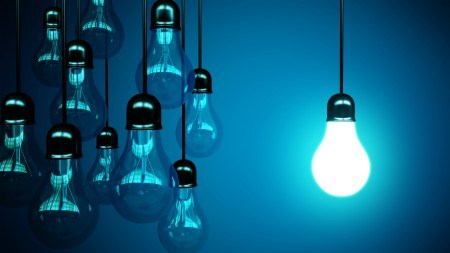Electricity is a basic necessity that most of us cannot live without, which often means that we seldom pay any attention to how much it costs to keep our household up and running. However, according to Regional Director and CEO of RE/MAX of Southern Africa, Adrian Goslett, knowing how much it costs to run the various appliances in your household can be helpful if ever you need to cut back on expenses.
“For budgeting purposes, it can be helpful to know how much it costs to run the various appliances in your household. That way, if you do ever find yourself in a tight financial position, you know which electronic devices need to get used less in order to lower your monthly electric bill,” advises
To help homeowners calculate their own electric bill, RE/MAX of Southern Africa provides some clarity around some of the concepts used to determine electricity charges:
How is electricity measured?
Power is measured in units called watts, but most appliances require well over 1,000 watts in order to operate, which is why we usually refer to units of power as a kilowatt, each of which represents 1,000 watts. Electricity usage is measured in terms of kilowatt-hours, which is the amount of electricity used over a period of time and can be determined by multiplying the number of kilowatts required by the number of hours of use. For example, if you use a 60 watt light bulb for two hours a day for 30 days, you have used 60 watts of power for 60 hours: 60 watts x 60 hours = 3,600 watt-hours of electrical energy, or 3.6 kilowatt-hours (kWh).
How does this translate into Rand value?
For Eskom’s small customer tariffs (which is most households), electricity is billed as an “energy charge” which is calculated in cents per kilowatt-hour (c/kWh). This charge differs per household depending on the tariff, which is a set amount determined by how much electricity a household uses. Those who use above 600 kWh are charged higher tariffs than those who use below 600 kWh.
For a break-down of tariffs, click here.
How to calculate how much it costs to use an appliance:
Once you know what tariff you are on, you need to multiply the amount of kWh an appliance uses by the energy rate (c/kWh) applicable to your tariff and divide by 100 to get to the Rand value.
For example, the tariff applicable to Block 1 for Homepower (the name Eskom has allocated to residential consumers) has an energy charge of 153,90 c/kWh (including VAT). In the above example, 3.6 kWh of energy was consumed, which multiplied by the energy charge of 153,90c/kWh amounts to R5,54 to keep your 60 watt bedside lamp on for two hours a night for 30 days. For 1 kWh (or R1,54 using the above tariff), Eskom reckons you can make 24 slices of toast, do one and a half loads of washing, vacuum eight rooms, get four hours of refrigeration, or bake one cake in the oven.
“Not only is electricity getting increasingly expensive, but most mass power plants are also harmful to the environment. For homeowners who can afford the investment, I would highly recommend installing eco-friendly alternative energy solutions, such as solar panels, to lower both lower their own household expenses as well as their impact on the environment,” Goslett concludes.




